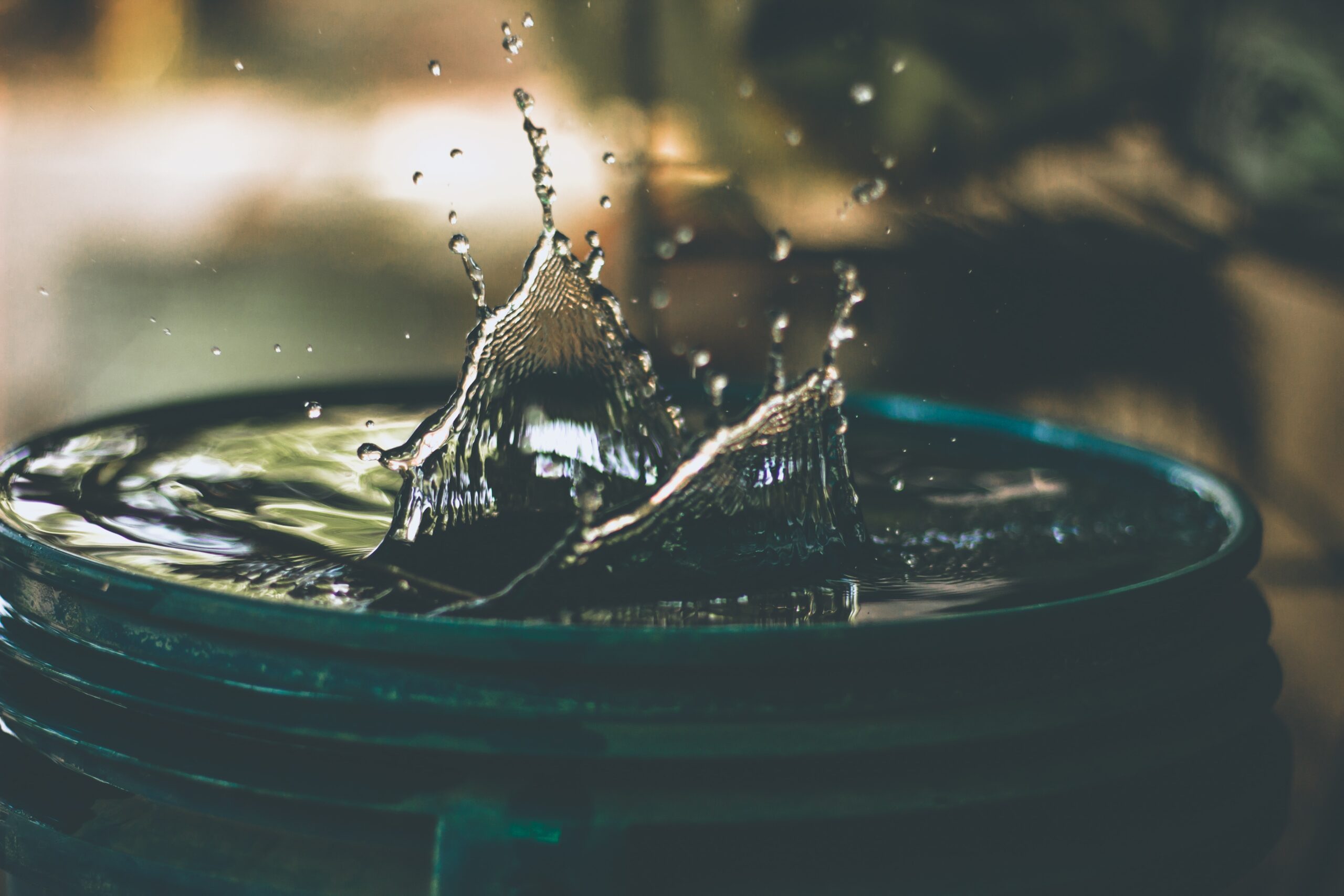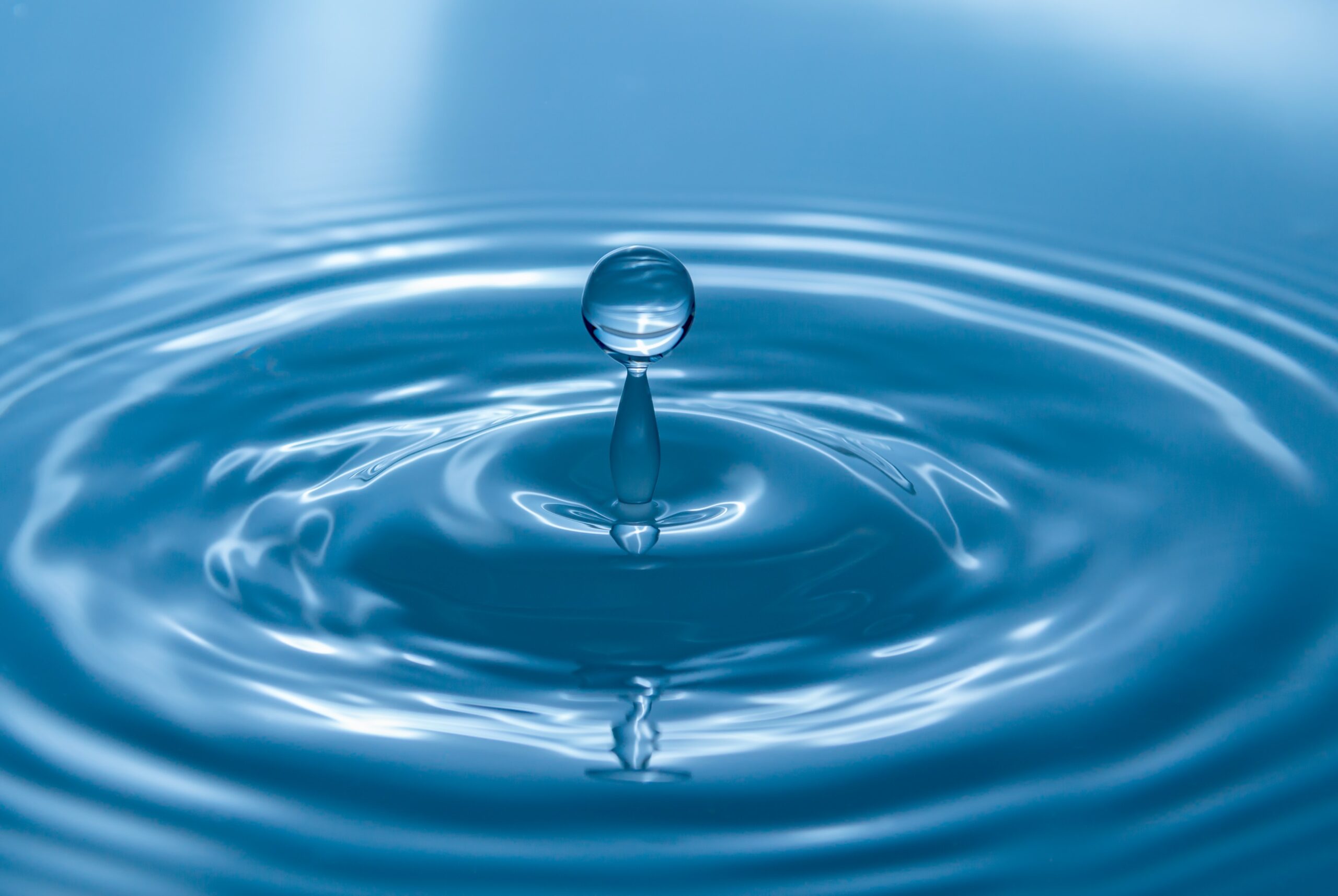As a society, we must be aware that water is an invaluable resource in our ecosystem, essential for our survival and the environment. It is, after all, a fundamental part of all our cells. It is crucial that we handle it with care and thrift, protect it, and appreciate its significance. The United Nations declared this day in 1993 as World Water Day. The theme of this year’s World Water Day is the value of water, for households, food, culture, as well as education and the economy.
Observing World Water Day serves as a reminder to preserve this essential natural resource, use water judiciously, and highlights the global vulnerability of natural water sources.
WATER IS LIFE!
- Water is a basic component of cells, tissues, and bodily fluids in living organisms. We cannot survive without water for more than 7 days.
- Less than one percent of all the water on Earth is drinkable!
- What we discharge into wastewater directly affects the ecological balance of water reserves, rivers, and seas.
- Over 2 billion people lack safe access to drinking water.
- The average household in developed countries consumes 640 liters of water per day.
-






